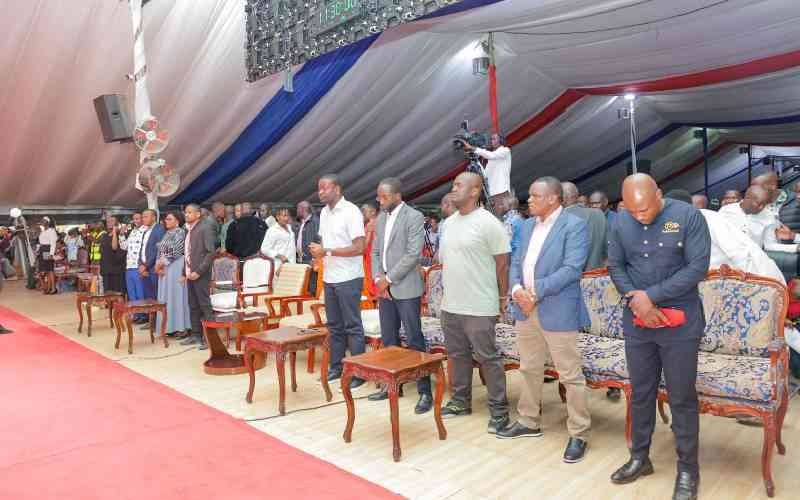Rigathi Gachagua's Tumultuous Return: Crowds, Attacks, and Political Fallout
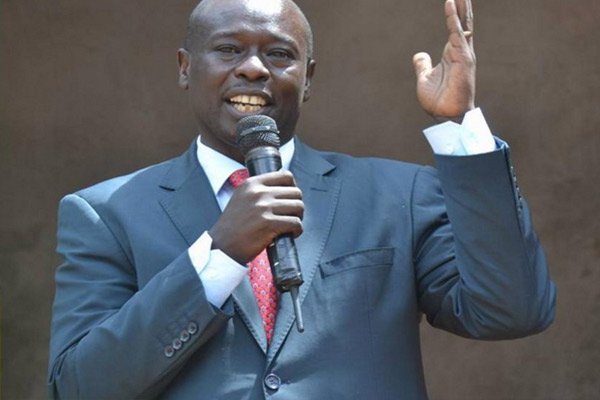
Former Deputy President Rigathi Gachagua returned to Kenya on Thursday, August 21, 2025, after his political tour in the United States was cut short. His arrival at Jomo Kenyatta International Airport (JKIA) was met with a large and enthusiastic reception, leading to significant security and traffic disruptions. Gachagua was received by a delegation of political allies, including DCP Deputy Leader Cleophas Malala and Naivasha MP Jayne Kihara, while hundreds of supporters thronged the airport, chanting his name and singing solidarity songs.
The charged atmosphere at the airport necessitated intervention from security officers to manage the eager crowd. The high turnout and ensuing commotion prompted police to erect barricades on several roads, disrupting traffic flow along the Mombasa Highway and the Expressway. This mobilization was not unexpected, as Malala had announced the party's formal notification to the police for a peaceful procession from JKIA through Nairobi Central Business District to the Kamukunji Grounds, where Gachagua was reportedly scheduled to speak later in the day.
However, the grand return, hyped by his allies as a show of political might, reportedly 'paled in comparison' to similar events in the past, particularly those orchestrated by veteran opposition chief Raila Odinga. While Gachagua's team employed several tactics previously used by Odinga, the outcome was perceived as different, lacking the glamour and drawing fewer huge crowds than anticipated. The glaring absence of prominent opposition figures such as Wiper Party leader Kalonzo Musyoka, People's Liberation Front (PLP) leader Martha Karua, Democratic Action Party of Kenya (DAP-K) leader Eugene Wamalwa, and former Interior CS Fred Matiang’i was noted. Although Malala claimed this was a strategic move informed by party intelligence, critics viewed it as a missed opportunity to project an image of a unifying leader with alliances beyond party and regional lines.
Contrasting with Odinga's approach of shunning local politics while abroad to build suspense, Gachagua remained an active political player during his time away, using social media and engagements to fire salvos at politicians back home. He cut short his trip citing 'pressing issues' and upcoming by-elections, a move perceived as aiming to blend in an element of surprise to grasp public attention. However, more than two days later, no substantive statement on any pressing issue or matter of national significance had been issued, and the excitement and hype quickly 'fizzled out', with Gachagua taking his place among opposition leaders, seemingly unable to sustain the initial momentum.
Regarding the official response, expectations of a heavy-handed police intervention, possibly involving 'boots and baton' or 'lifting Riggy G juu juu', were largely unfulfilled. Instead, Interior Security Cabinet Secretary Kipchumba Murkomen reportedly deployed a chopper that hovered around JKIA all morning, which was interpreted by some as 'evidence of great political maturity' and 'accommodation'. Furthermore, riot police officers were observed at JKIA’s international arrivals’ terminal in proper uniform and without concealed faces, a presence described as 'transformational' for a force often regarded as rogue. Notably, there were no 'goons on wheels' unleashed to intimidate citizens. Gachagua, described as 'Riggy G', simply 'breezed into the city unhindered', bedecked in a Stetson hat and denim, grinning from ear to ear, which was suggested to have prevented him from issuing his usual 'wantam' soundbites and epithets.
Despite the largely peaceful initial procession, Gachagua’s motorcade was later attacked by a group of youths as it made its way from JKIA along Mombasa Road. The incident, which occurred at the City Cabanas stage, involved unidentified individuals on motorcycles allegedly pelting the convoy with stones and other projectiles. This caused damage to several vehicles, including those carrying journalists, and resulted in injuries to a number of Gachagua’s supporters and other motorists caught in the crossfire. Police responded by firing tear gas to disperse the crowds and restore order, while Gachagua’s political allies condemned the violence, accusing rivals of orchestrating the attack. This incident added another layer of political tension, highlighting the deep divisions characterizing the country's political landscape.
The return and its aftermath also bring into focus the broader political commentary, including Prezzo Bill Ruto’s recent expose of Parliament as a 'den of thieves'. The public’s skeptical, even derisive, response to Ruto’s announcement is noted, especially given his tendency to 'say more than he does'. Questions arise regarding Ruto’s 'new diet of consuming raw intelligence'—who ordered it, why, and for how long—especially when considering Gachagua’s longstanding claims that members of Parliament were bribed to impeach him. If Ruto was unaware of such bribery despite his intelligence consumption, it is seen as undermining 'Kenyans collective intelligence', fueling their skepticism. Ultimately, the events surrounding Gachagua’s return underscore the volatile and deeply divided nature of Kenyan politics.
You may also like...
Mystery Striker's Phenomenal Form: Club Title Push & World Cup Glory Beckon

Europe's top football leagues are witnessing an unprecedented goal-scoring spree led by Kylian Mbappe, Harry Kane, and E...
‘Hazbin Hotel’ Season 2 Sparks Buzz: Fan-Quoted Scene & Musical Ambition Revealed!
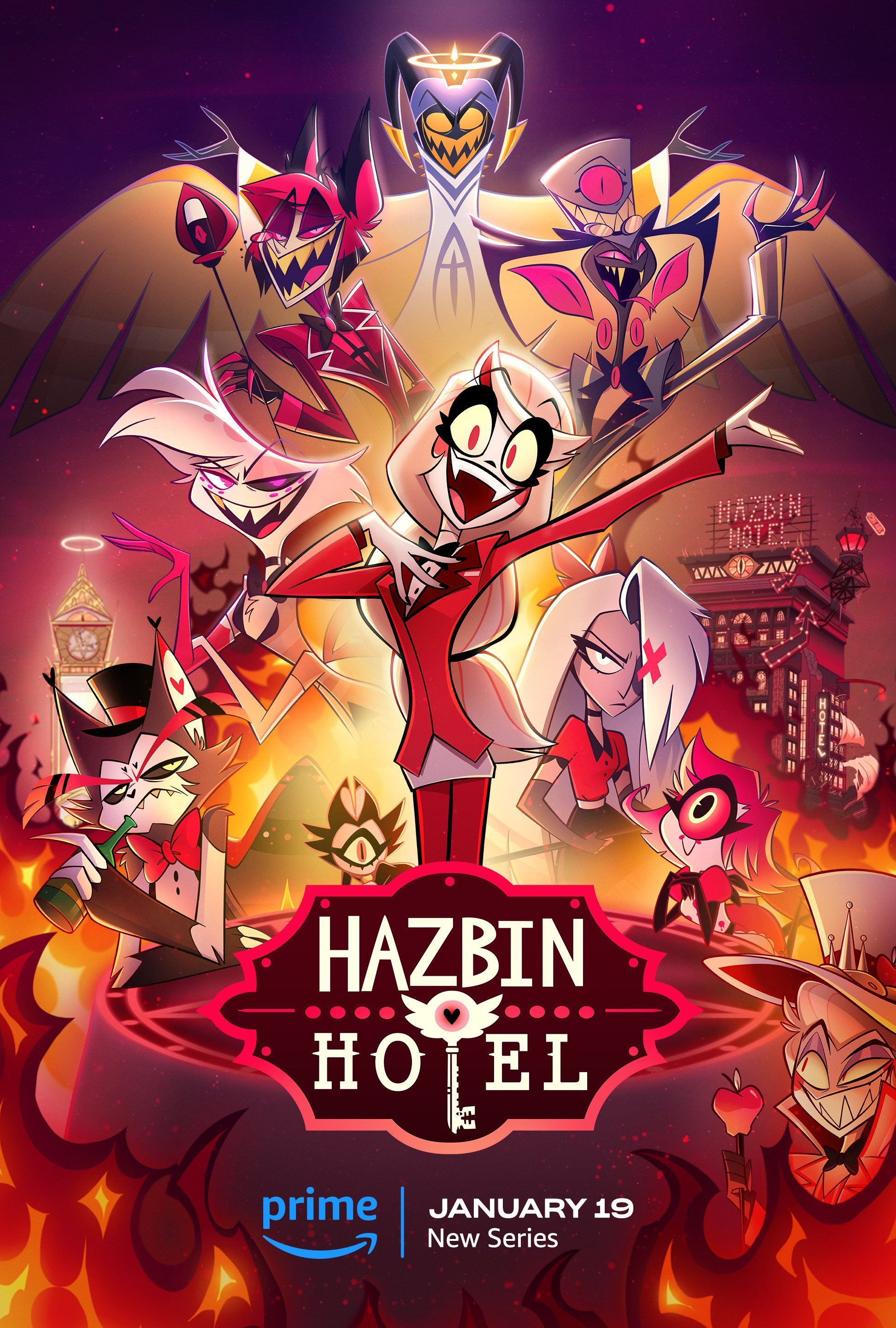
Hazbin Hotel Season 2 is poised for an explosive debut, promising a "bigger, louder, and more chaotic" experience. New m...
‘Tron: Ares’ Stumbles at Box Office, Facing Harsh Realities After Disappointing Debut

The sci-fi sequel <em>Tron: Ares</em> opened to a disappointing $60 million globally, significantly underperforming agai...
Charli XCX Shocks Fans with Surprise SNL Cameo During Role Model's 'Sally'

Role Model made his Saturday Night Live musical guest debut, performing two tracks from his album and featuring a surpri...
Chappell Roan Under Fire: Homeland Security Reacts to 'F—k ICE' Rose Bowl Remark

Pop sensation Chappell Roan ignited a political firestorm during a recent Los Angeles concert, publicly criticizing ICE ...
Fairytale Ending: Oyinda & Adepoju's Unbelievable Love Story Unveiled!

After experiencing parallel heartbreaks in 2020, Oyinda and Adepoju found love through a serendipitous connection orches...
Tiwa Savage's Shocking Confessions on OffAir with Gbemi and Toolz!

Tiwa Savage, the Queen of Afrobeats, sits down with Gbemi and Toolz on OffAir to discuss her journey, music, motherhood,...
High-Street Sensation: Fashion Fans Snatch Up Barbour Jacket Dupe, Saving £158!

Fashion enthusiasts can replicate the iconic Barbour jacket look for significantly less with New Look's new cropped dupe...
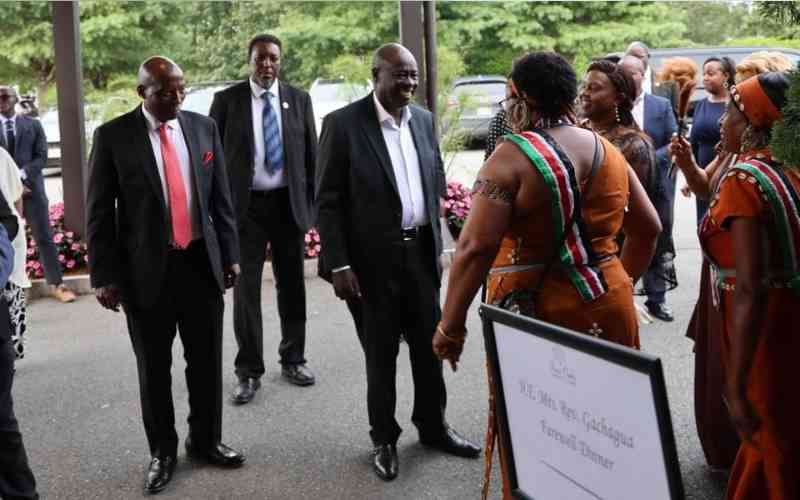

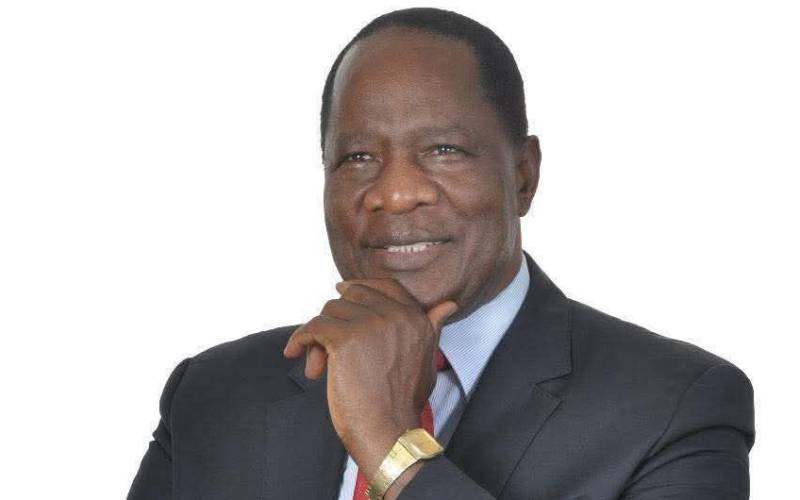
)
